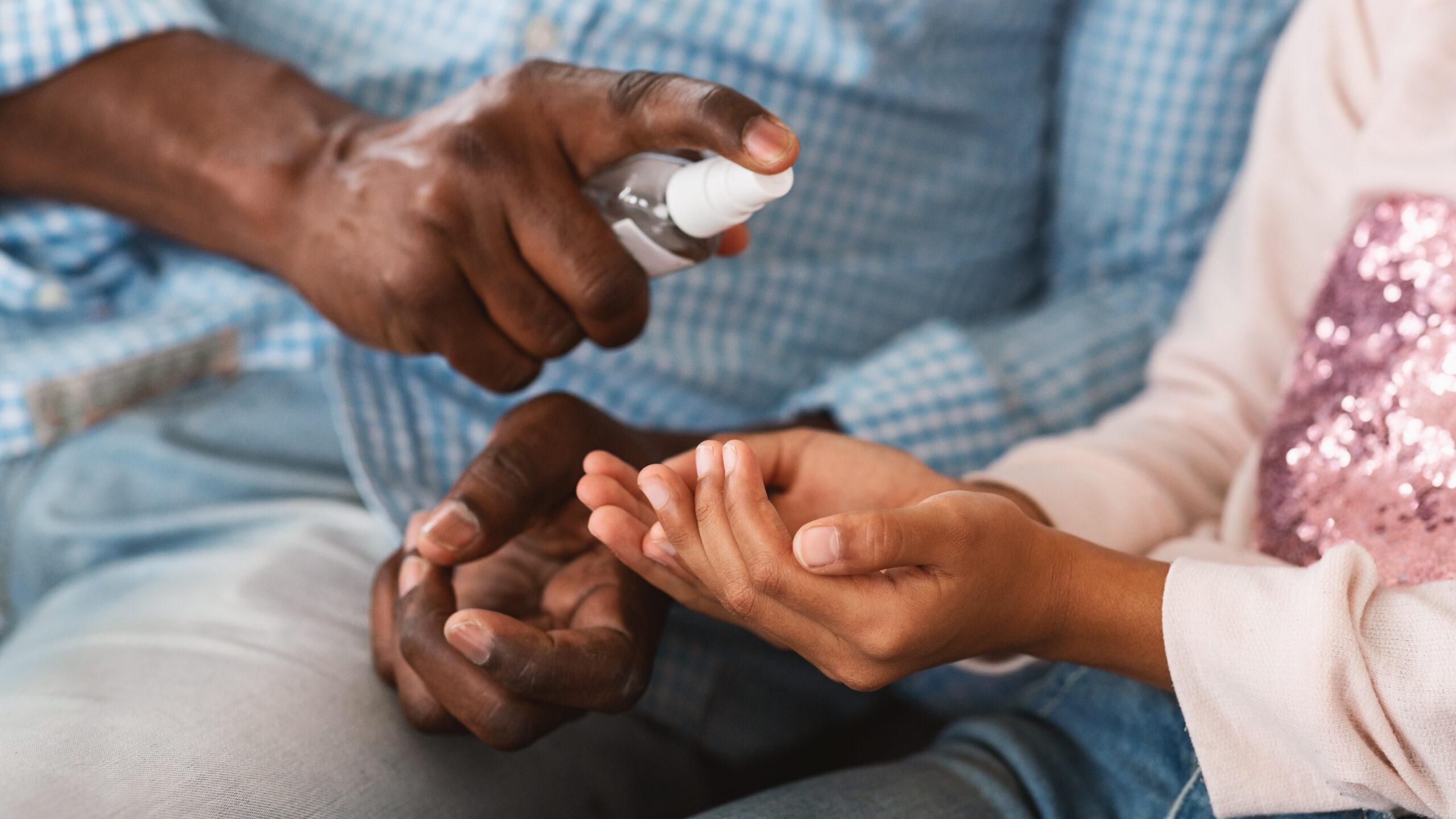Is Hand Sanitiser as Good as Washing Your Hands?
When you are out and about with children, hygiene is often top of mind, especially when facilities for washing hands are not always available. One item most parents never leave the house without? Hand sanitiser.
But how effective is hand sanitiser compared to good old-fashioned hand washing, especially when it comes to protecting children from common viruses and bacteria?

Hand sanitiser - convenience on the go
There is no doubt that hand sanitiser is useful for families when out and about. Before snack time, after the playground, or when there are no public facilities in sight. It offers a quick and easy way to clean hands and there are plenty of benefits.
Alcohol-based sanitisers can kill a large number of bacteria and some viruses. They are also fast-drying, do not require water, and are small enough to fit in your bag or pocket.
But while convenient, they are not a perfect substitute for hand washing.
The limitations of hand sanitiser
As helpful as hand sanitiser is, it does not tackle everything.
During cold and flu season, and particularly when viruses like norovirus (a common cause of stomach bugs) are circulating, unfortunately hand sanitisers will not provide full protection. This is due to many hand sanitisers being antibacterial, not antiviral. That means they may not effectively kill the viruses that cause vomiting and diarrhoea, which are highly contagious and easily spread in places like restaurants, playgrounds, and soft play centres.
What is the best approach?
Think of hand sanitiser as a temporary solution but not a replacement for soap and water.
Use hand sanitiser:
- Before a snack or meal when no sink is available
- After touching public surfaces like railings or door handles
- Leaving places like zoos, play centres, or public transport
Prioritise hand washing:
- Before eating
- After using public toilets
- When coming home after being out
- If your child has been unwell or around someone who is
Soap and water are still the gold standard for removing dirt, bacteria, and viruses from hands.
Hand hygiene tips for parents on the go
- Pack sanitiser but prioritise sinks: Many public places now offer accessible handwashing facilities, including shopping centres, museums, parks and transport hubs.
- Make handwashing part of the routine: Encourage your child to wash their hands regularly - after playing outside, using public transport, or visiting busy indoor spaces.
- Remember wipes are not enough: Baby wipes can clean up visible mess but they will not effectively remove germs or viruses.
- Don’t forget your own hands: Adults often touch shared surfaces, pass snacks and change nappies. Don’t forget to wash your own hands frequently.
Worried your child may have picked up a bug?
If your child shows signs of a stomach bug, like vomiting, diarrhoea, or sudden fatigue, it may be a viral infection such as norovirus. These bugs spread easily, so quick action (and good hygiene) makes a difference. Read our advice on managing tummy bugs and norovirus in children.
Final thoughts
Hand sanitiser absolutely has a place in your parenting toolkit, especially when out and about with children. But keep in mind that it is not a complete substitute for hand washing, especially during peak virus seasons like winter.
Disclaimer: the information provided in this article is for educational purposes only and should not replace medical advice. Always consult with a healthcare professional for personalised guidance and treatment.
Related articles
Book your appointment
Clinic, remote appointments and home visits are available daily.
We can always find a time to suit you, so please do ask if you are having difficulty finding a suitable time.




